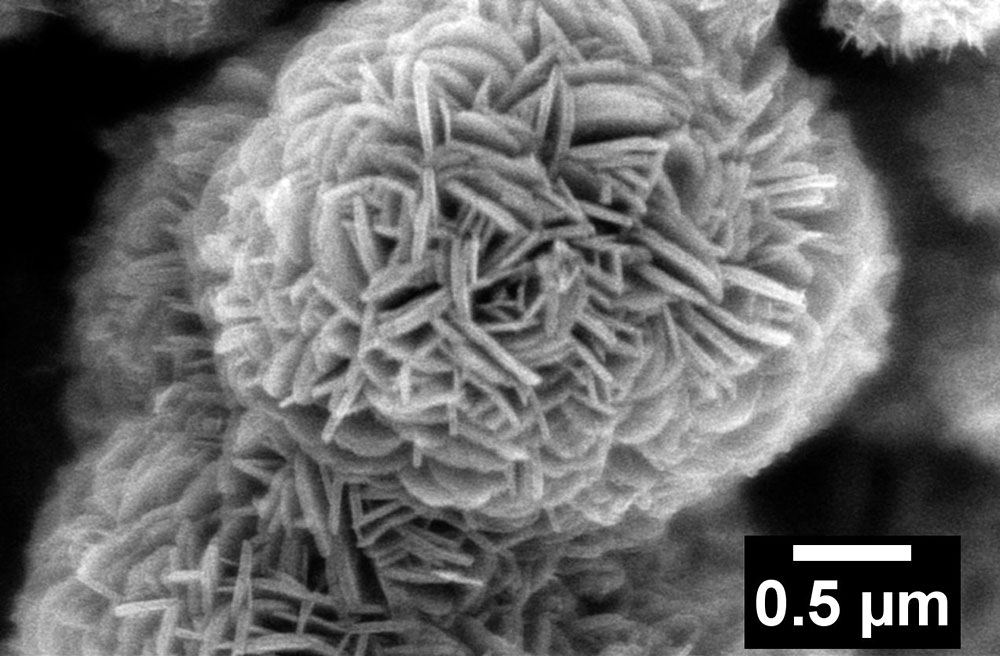Metasurfaces, ultra-thin films of nanostructures, hold immense promise for manipulating light with unprecedented control. However, their full potential hinges on overcoming the challenge of crafting these intricate patterns at large scales and high resolutions. This review explores the current nanofabrication techniques, including maskless and masked lithography, exploring their strengths and limitations. By understanding these constraints, we can pave the way for advanced nanophotonic applications powered by these light-bending marvels.
Tag: Nanostructure
Reduce the risk of electric vehicle fires by analyzing nanostructures!
Dr. Hyeon-woo Son and his research team from the Department of Aluminum in the Advanced Metals Division at KIMS have successfully developed an aluminum alloy for electric vehicles that dramatically improves thermal stability.
Buried Ancient Roman Glass Formed Substance with Modern Applications
Researchers discover how molecules in ancient glass rearrange and recombine with minerals over centuries to form a patina of photonic crystals – ordered arrangements of atoms that filter and reflect light in very specific ways – an analog of materials used in communications, lasers and solar cells
Reprogramming the shape of virus capsids could advance biomedicine
Bioengineers have found a way to program the size and shape of virus particles by combining viral protein building blocks and templates made from DNA. The resulting nanostructures could have applications in vaccine development and transporting drugs inside the body.
Nanostructures enable record high-harmonic generation
Researchers at Cornell have developed nanostructures that enable record-breaking conversion of laser pulses into high-harmonic generation, paving the way for new scientific tools for high-resolution imaging.
Silver Attacks Bacteria, Gets ‘Consumed’
As antibiotic-resistant bacteria become more prevalent, silver has seen steep growth in its use in things like antibacterial coatings. Still, a better understanding can provide clues on how to best apply it. In Chemical Physics Reviews, researchers monitored the interaction of silver nanoparticles with a nearby E. coli culture and found the silver undergoes several dramatic changes. Most notably, the E. coli cells caused substantial transformations in the size and shape of the silver particles.

Lithium-Ion Battery Research “Flowers”
Scientists improved the performance of a battery electrode material with a unique flower-shaped nanostructure.

Nanostructures Modeled on Moth Eyes Effective for Anti-Icing
Researchers have been working for decades on improving the anti-icing performance of functional surfaces and work published in AIP Advances investigates a unique nanostructure, modeled on moth eyes, that has anti-icing properties. Moth eyes are of interest because they have a distinct ice-phobic and transparent surface. The researchers fabricated the moth eye nanostructure on a quartz substrate that was covered with a paraffin layer to isolate it from a cold and humid environment.